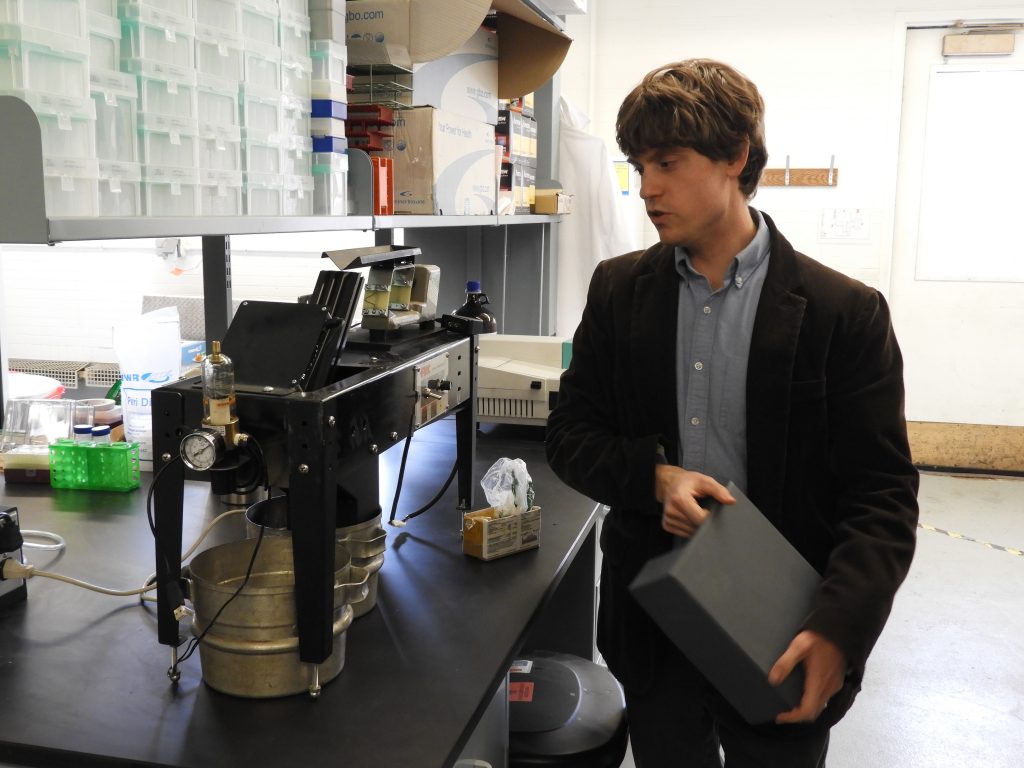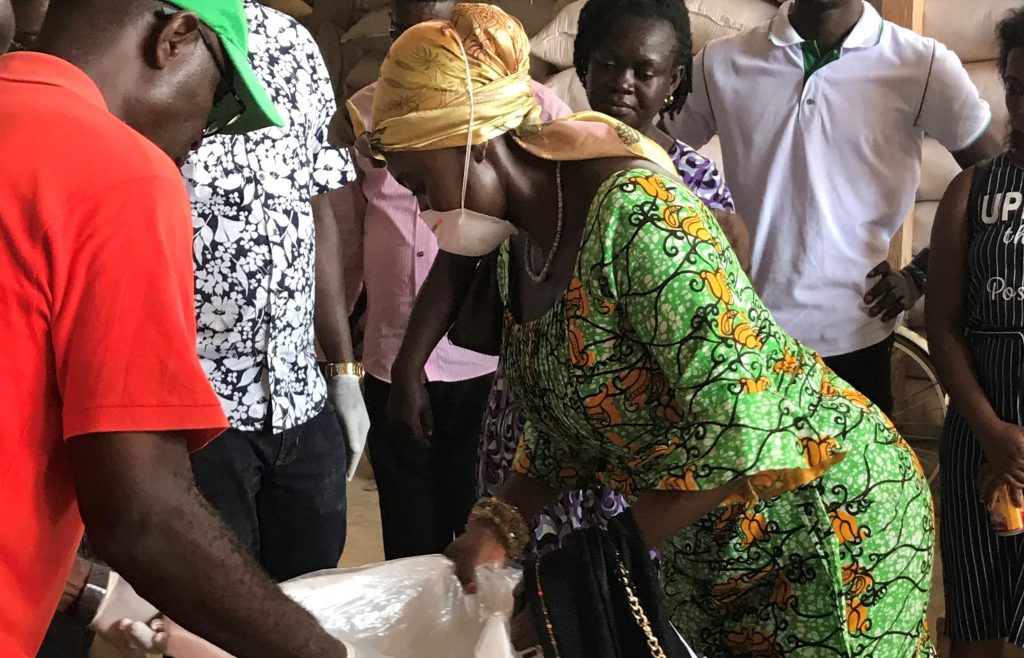Improving Soybean Storage Capacity

Background Based at the University of Illinois, the Feed the Future Innovation Lab for Soybean Value Chain Research (SIL) is dedicated to soybean research for economic development and the reduction of poverty and hunger by nurturing improved soybean value chains in Africa. Project Information Postharvest grain and seed quality is especially challenging in the over-winter period […]
Piloting Household Hermetic Storage Systems

Background ADMI-sponsored research indicates that Bangladeshi farmers suffer losses of 6% of their grain stored at home over three months following the Boro harvest. Grain stored in permeable jute sacks or traditional bins is susceptible to various forms of infestation as well as variation in moisture content leading to quality degradation. Research further shows that use of hermetically sealed 50 kg plastic […]
Developing PHL Reduction Training Institute Capacity

Background In 2019-20, the Postharvest Loss Experimental Training Hub at Njala University (NU), Sierra Leone, was established with support from ADM Cares. Working in two districts and cooperating with two US-based NGOs, NU and the University of Illinois provided training directly through video extension materials and workshops to several hundred smallholder farmers. Project Information In 2020-21, the […]
Using Digital Platforms to Scale Technology Adoption

Photo credit: M. DeFreese/CIMMYT Background ADMI has identified many technologies to dramatically improve storage by smallholder farmers, including hermetic bags, which can eliminate mycotoxin infestation and pest damage in Indian settings, but these technologies have so far not been widely diffused in the input supply system. In the face of longstanding challenges in getting technologies to farmers, […]
Spectral Analysis to Remove Mycotoxin Contaminated Grain

Background This project is part of the Feed the Future Innovation Lab for the Reduction of Post-Harvest Loss (PHLIL) Phase 2 led by Kansas State University. PHLIL is a strategic, applied research and education program aimed at improving global food security by reducing post-harvest losses in stored product crops. ADMI is a subawardee in the PHLIL project and works with Bangladesh Agricultural University (BAU), University […]
Improving Women’s Access to Postharvest Technologies

Background This project is part of the Feed the Future Innovation Lab for the Reduction of Post-Harvest Loss (PHLIL) Phase 2 led by Kansas State University. PHLIL is a strategic, applied research and education program aimed at improving global food security by reducing post-harvest losses in stored product crops. ADMI is a subawardee in the PHLIL project and works with Bangladesh Agricultural […]
Scaling Up Improved Drying and Storage Options

Background This project is part of the Feed the Future Innovation Lab for the Reduction of Post-Harvest Loss (PHLIL) Phase 2 led by Kansas State University. PHLIL is a strategic, applied research and education program aimed at improving global food security by reducing post-harvest losses in stored product crops. ADMI is a subawardee in the […]
Evaluating Benefits of Women-Led Thresher Enterprises

Background The Feed the Future Innovation Lab for Soybean Value Chain Research (SIL) is dedicated to soybean research for economic development and the reduction of poverty and hunger by nurturing improved soybean value chains in Africa. Since 2016, SIL has been working to improve access to thresher services for smallholder farmers by implementing a training […]
Scaling Multi-Crop Thresher Fabrication Training

Background The Feed the Future Innovation Lab for Soybean Value Chain Research (SIL) is dedicated to soybean research for economic development and the reduction of poverty and hunger by nurturing improved soybean value chains in Africa. Since 2016, SIL has been working to improve access to thresher services for smallholder farmers by implementing a training […]
Evaluating Options for Large Scale Off-Farm Storage

Background In Bangladesh, farmers sell about one-third of their harvested paddy just after harvesting, store another one-third for sale after two to three months, and store the remaining one-third for house hold consumption over the next six months. This pattern of sales and home consumption means that the majority of the country’s grain is stored […]